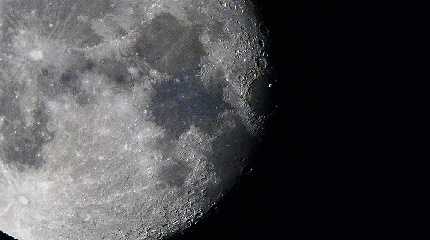
BEIJING, Feb 21 (Reuters) - China's foreign ministry on Monday denied a U.S. report that a spent rocket booster forecast to crash on the far side of the moon next month was debris from a Chinese lunar mission in 2014.
The rocket booster, expected to crash on the moon on March 4, was initially identified by an independent researcher as a used Falcon rocket stage from Elon Musk's SpaceX.
However, earlier this month the U.S. National Aeronautics and Space Administration (NASA) said its analysis showed that the object was likely to be the booster rocket from China's Chang'e 5-T1 mission launched in 2014. https://go.nasa.gov/3sZ89IJ
China launched the uncrewed Chang'e 5-T1 spacecraft to the moon in October 2014 on a Long March 3C rocket, which has three stages.
The mission was to test the ability of the spacecraft's capsule to re-enter Earth's atmosphere. The capsule landed back on Earth that same month.
"According to China's monitoring, the Chang'e 5 (rocket) has safely entered Earth's atmosphere, and has completely burned," said Wang Wenbin, a Chinese foreign ministry spokesman, when asked by reporters if the object was from the Chinese mission.
The near decade-long voyage of the suspected rocket booster has re-ignited discussion about space debris and who is legally responsible for tracking junk floating outside the Earth's atmosphere.
"China follows international law for development of space affairs, and will safeguard the long-term development of outer space activities and conduct wider consultations with relevant sides," Wang said.




